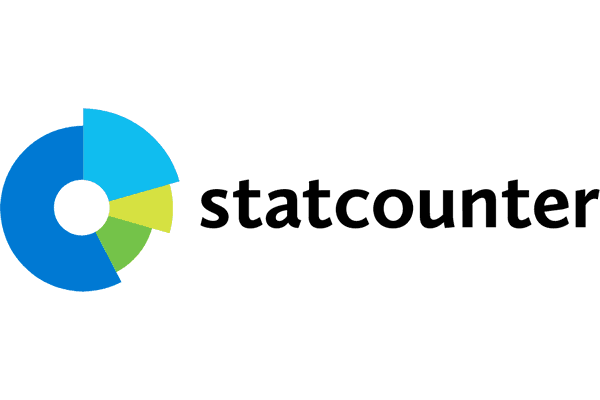BETON BERPORI DENGAN VARIASI UKURAN AGREGAT KASAR
Abstract
Keywords
Full Text:
PDFReferences
H.-L. Ho et al., Waste-based pervious concrete for climate-resilient pavements, Materials 11 (6) (2018) 900, https://doi.org/10.3390/ma11060900.
A.K. Chandrappa, K.P. Biligiri, Pervious concrete as a sustainable pavement material – Research findings and future prospects: A state-of-the-art review, Constr. Build. Mater. 111 (2016) 262–274.
O. Deo, N. Neithalath, Compressive behavior of pervious concretes and a quantification of the influence of random pore structure features, Mater. Sci. Eng., A 528 (1) (2010) 402–412.
R. Mahalingam, S.V. Mahalingam, Analysis of pervious concrete properties, Journal of the Croatian Association of Civil Engineering 68 (6) (2016) 493–501, https://doi.org/10.14256/JCE.1434.2015.
R. Zhong, Z. Leng, C.-S. Poon, Research and application of pervious concrete as a sustainable pavement material: A state-of-the-art and state-of-the-practice review, Constr. Build. Mater. 183 (2018) 544–553.
A. Torres, J. Hu, A. Ramos, The effect of the cementitious paste thickness on the performance of pervious concrete, Constr. Build. Mater. 95 (2015) 850–859.
R. Zhong, K. Wille, Linking pore system characteristics to the compressive behavior of pervious concrete, Cem. Concr. Compos. 70 (2016) 130–138.
R. Liu et al., Investigation of the porosity distribution, permeability, and mechanical performance of pervious concretes, Processes 6 (7) (2018) 78, https://doi.org/10.3390/pr6070078.
F. Yu, D. Sun, J. Wang, M. Hu, Influence of aggregate size on compressive strength of pervious concrete, Constr. Build. Mater. 209 (2019) 463–475.
K. C´ osic´ , L. Korat, V. Ducman, I. Netinger, Influence of aggregate type and size on properties of pervious concrete, Constr. Build. Mater. 78 (2015) 69–76.
Dasar, A., & Patah, D. (2021). Pasir dan Kerikil Sungai Mappili sebagai material Lokal untuk Campuran Beton di Sulawesi Barat. BANDAR: JOURNAL OF CIVIL ENGINEERING, 3(2), 9-14.
Haselbach, L. M., & Gaither, A. (2008). Preliminary field testing: Urban heat island impacts and pervious concrete. In Concrete Technology Forum. Focus on Sustainable DevelopmentNational Ready Mixed Concrete Association.
Yahia, A., & Kabagire, K. D. (2014). New approach to proportion pervious concrete. Construction and Building Materials, 62, 38-46.
Yang, J., & Jiang, G. (2003). Experimental study on properties of pervious concrete pavement materials. Cement and concrete research, 33(3), 381-386.
Zaetang, Y., Wongsa, A., Sata, V., & Chindaprasirt, P. (2013). Use of lightweight aggregates in pervious concrete. Construction and Building Materials, 48, 585-591.
Torres, A., Hu, J., & Ramos, A. (2015). The effect of the cementitious paste thickness on the performance of pervious concrete. Construction and Building Materials, 95, 850-859.
Gaedicke, C., Marines, A., & Miankodila, F. (2014). A method for comparing cores and cast cylinders in virgin and recycled aggregate pervious concrete. Construction and Building Materials, 52, 494-503.
DOI: https://doi.org/10.32487/jtt.v11i2.1762
Refbacks
- There are currently no refbacks.
JTT (Jurnal Teknologi Terpadu) has been indexed by:
|
|
|
|
|
|
|
|
|














